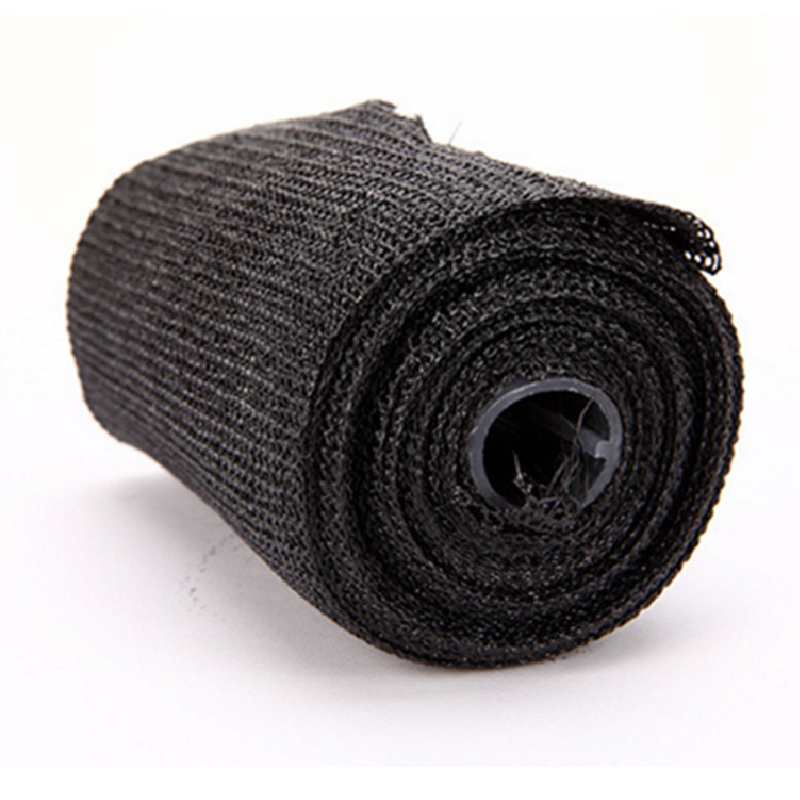The Importance of High Voltage Splicing Tape in Electrical Applications
In the realm of electrical engineering and maintenance, the significance of reliable insulation materials cannot be overstated. One such essential product is high voltage splicing tape, a specially designed adhesive tape that plays a critical role in ensuring the safety and efficiency of electrical connections. This article explores the properties, applications, and benefits of high voltage splicing tape, highlighting its importance in modern electrical applications.
What is High Voltage Splicing Tape?
High voltage splicing tape is a type of pressure-sensitive tape that is utilized in various electrical installations and repairs. It is specifically engineered to withstand high voltages and extreme environmental conditions. Typically made from materials that provide excellent insulation, such as polyvinyl chloride (PVC) or rubber, this tape is capable of maintaining its integrity in situations where standard adhesive tapes would fail. The tape is often black in color, allowing it to blend seamlessly with most electrical installations, making it both functional and aesthetically pleasing.
Key Properties
One of the standout features of high voltage splicing tape is its high dielectric strength. This property enables it to resist electrical breakdown under high voltage conditions, making it suitable for applications where conventional tapes would pose a risk of short circuits or electrical hazards. Additionally, this tape has exceptional moisture resistance, which is crucial for preventing water ingress that can lead to corrosion or electrical failures. Many manufacturers also ensure that the tape is resistant to UV radiation, chemicals, and abrasion, making it a versatile choice for use in challenging environments.
Typical Applications
High voltage splicing tape is commonly employed in various applications across multiple industries. In the electrical power distribution sector, it is used to insulate and splice high voltage cables, ensuring secure connections that can withstand severe operating conditions. This is particularly important in underground and overhead power transmission lines, where the integrity of the insulation is vital for safe operation.
high voltage splicing tape

In addition to its use in power transmission, high voltage splicing tape is also utilized in telecommunications and data transmission applications. It is often used to wrap and protect coaxial and fiber optic cables, ensuring that these connections remain safe from environmental damage and electrical interference. Furthermore, the automotive industry benefits from this tape, as it is used in wiring harnesses and battery systems, providing necessary protection from the elements and accidental shorting.
Benefits of Using High Voltage Splicing Tape
The primary benefit of using high voltage splicing tape is enhanced safety. By providing secure insulation, it minimizes the risk of electrical shocks and short circuits, protecting both equipment and personnel. Properly applied splicing tape can extend the longevity of electrical connections, which can be costly to repair or replace if they fail.
Moreover, high voltage splicing tape is also cost-effective. Its ability to withstand high voltages and environmental stresses means that it can reduce the need for frequent maintenance and replacement. This cost-saving aspect is particularly advantageous for companies that rely on extensive electrical systems, as it allows them to allocate resources more efficiently.
In addition to its practical advantages, high voltage splicing tape is easy to apply. It often requires no special tools or equipment, allowing for quick repairs and installations. This ease of use is invaluable in emergency situations where time is of the essence.
Conclusion
In summary, high voltage splicing tape is a crucial component in the toolbox of electrical engineers and technicians. Its unique properties make it indispensable for safe and effective electrical installations, capable of handling the demands of high voltage environments. From power distribution to telecommunications, its applications are diverse, underscoring its significance across various sectors. As technology continues to advance and electrical systems become more complex, the role of high voltage splicing tape will only become more prominent, ensuring safety and reliability in electrical applications today and in the future.
-
XIANGFAN Rubber Tape-Ultimate Solutions for All Your Insulation NeedsNewsJun.24,2025
-
XIANGFAN Rubber Tape-Protection for Industrial and Residential ApplicationsNewsJun.24,2025
-
XIANGFAN Rubber Tape: Superior Safety and Sealing for Demanding EnvironmentsNewsJun.24,2025
-
XIANGFAN Rubber Tape: Reliable Solutions for Every Electrical ChallengeNewsJun.24,2025
-
XIANGFAN Electrical & Industrial Tape: Powering Reliability Across IndustriesNewsJun.24,2025
-
XIANGFAN Electrical & Industrial Tape: Excellence in Every ApplicationNewsJun.24,2025
